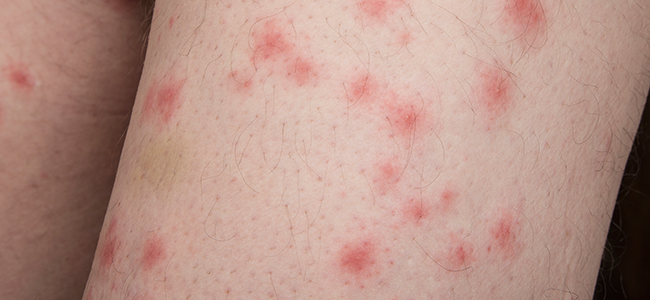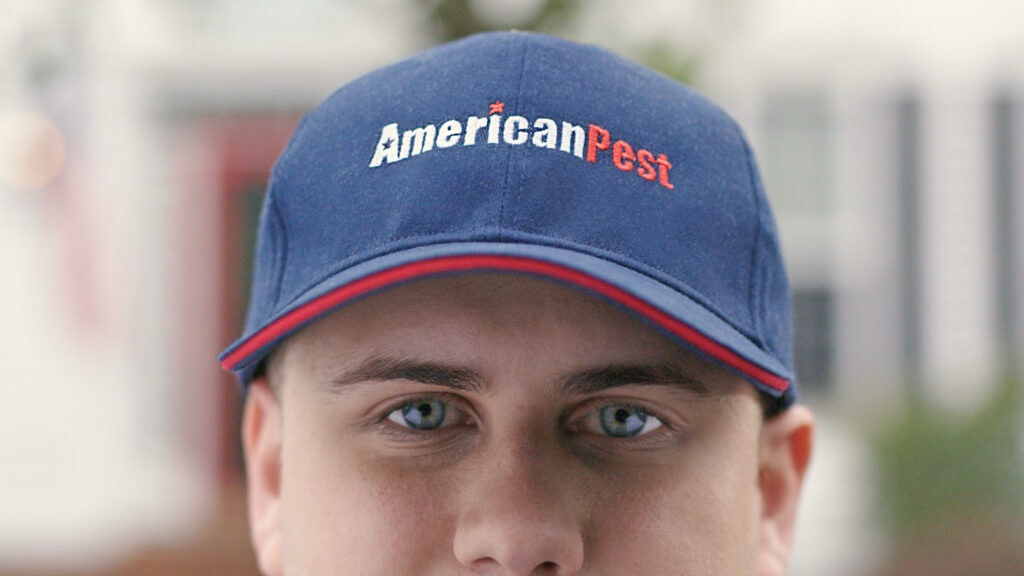What To Expect From Professional Flea Control
And the war wages on: Man vs. Flea. Maryland residents and their pets are battling a different kind of home-invading pest this summer.
The flea is an insect that feeds on the blood of its host—domestic animals, wildlife and the occasional human are equally susceptible to its bite.
Typically making their way into the home via the family pet, difficult flea infestations can appear seemingly overnight.
Eggs that are laid on dogs or cats are easily dispersed throughout the home as the pet scratches to relieve itching from irritating bites. While flea bites are typically not painful, in pets and humans alike they resemble a single, raised mark on the skin that may become increasingly itchy and inflamed.

What to do if you suspect a flea infestation in your home:
Due to the life cycle of fleas, they are not easily controlled by over the counter products.
Instead of reaching for flea bombs and foggers, whenever possible, the best way to get rid of a flea infestation is by persistent vacuuming, treatment with a long-acting insecticide, and prevention.
Pets with known flea problems should be treated and maintained with a veterinarian-approved flea control product such as Frontline Plus.
Meanwhile, areas, where pets rest, should be either vacuumed or laundered. Areas to pay special attention to typically include:
- Human and pet bedding—launder and dry on hottest allowable setting
- Floors, area rugs, and furniture—vacuum daily, paying special attention to areas where pets rest
- Dog houses, pet-perches, and under Fido’s favorite tree—these locations harbor flea eggs, which make it critical to keep your pets’ flea control maintained
When to call in a professional
Over-the-counter products for fleas are regulated to be safe for the consumer to apply it, and based on the assumption that the average consumer might not always follow the label exactly as it is written.
For this reason, and others, OTC treatment products typically have a limited life.
When all efforts to vacuum and launder to break the reproductive cycle have failed, it is recommended that liquid or aerosol flea treatments be performed by a licensed pest control professional.
What happens during a professional flea treatment?
Prior to your flea treatment, your pest control professional will arm you with a list of items to perform. These typically include details regarding laundering, vacuuming, preparing rooms and having your pets cared for.
During the treatment, your pest control professional will excuse you and your pets from the home for a period of a few hours.
For maximum efficacy, a residual flea control product of choice will be used. The active ingredient(s) have two long-acting components to help to control fleas and break the reproductive life cycle.
These components are:
1. Adulticide – Designed to kill adult fleas and developing fleas (larval stage) on contact.
2. Insect Growth Regulator‐ Only affects developing fleas. Any larval stages of fleas that come into contact with the growth regulator will be unable to develop into an adult, thereby interrupting the reproductive life cycle
What to expect after treatment?
Professional flea treatments generally result in an immediate reduction in the number of adult fleas in the home.
It is common, however, to see more fleas within seven to fourteen days following the treatment.
These fleas were in a pre-adult or “pupal” stage of development at the time of the initial treatment and have not yet come into direct contact with the adulticide used to control them. They should die within a few hours of coming into contact with the residual insecticide.
Daily vacuuming post‐treatment will also help to eliminate individual fleas that emerge following the initial treatment.
American Pest provides professional flea treatments in the D.C., Maryland and Virginia areas. For more information on how to prepare for a flea treatment with American Pest download our prep sheet
Request Your Pest Control Estimate
Related Posts
Contact Us Today!
Do you need an estimate for service or have questions about pests? We’d love to hear from you!
Fill out the form and receive feedback today. For immediate service, please give us a call!
